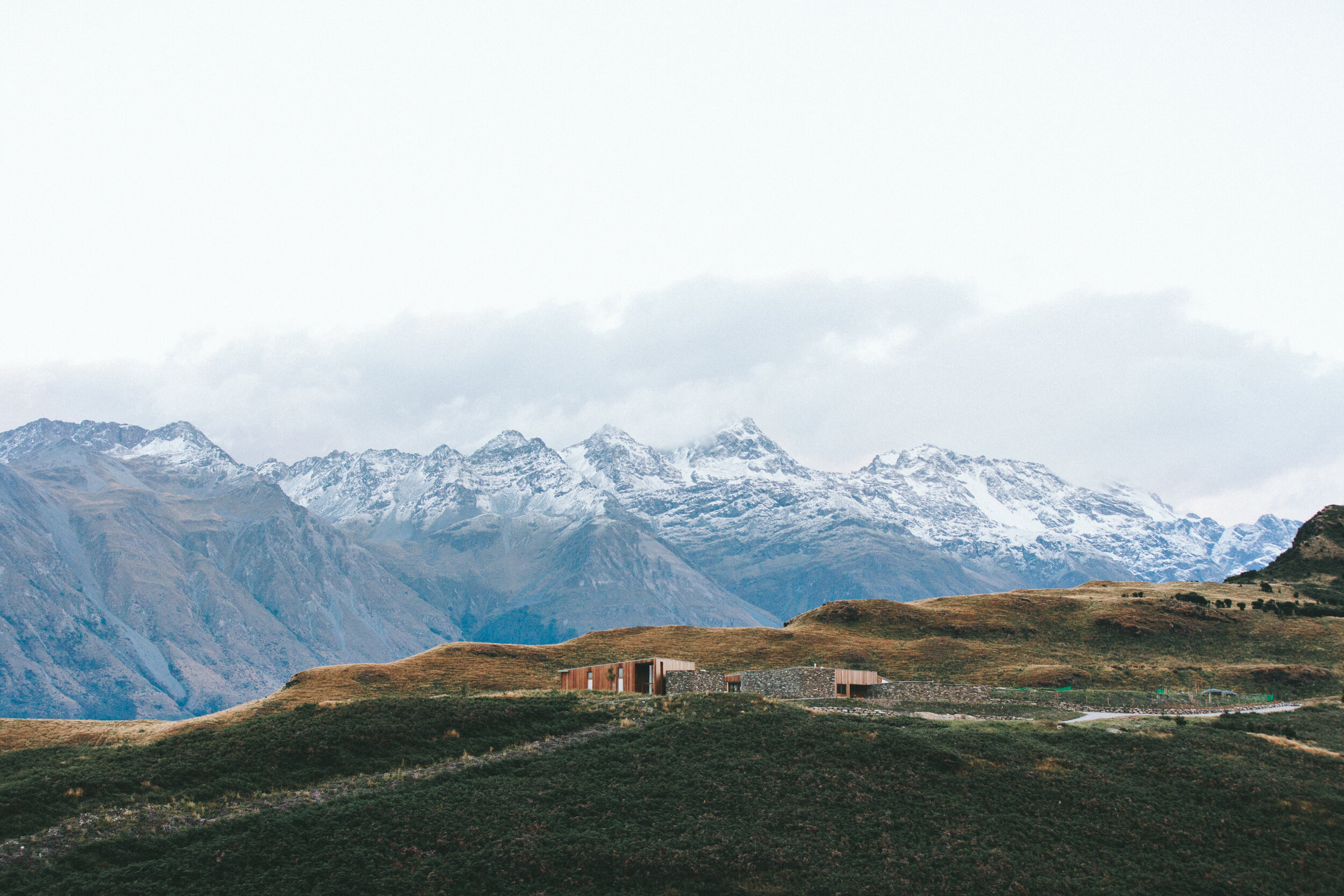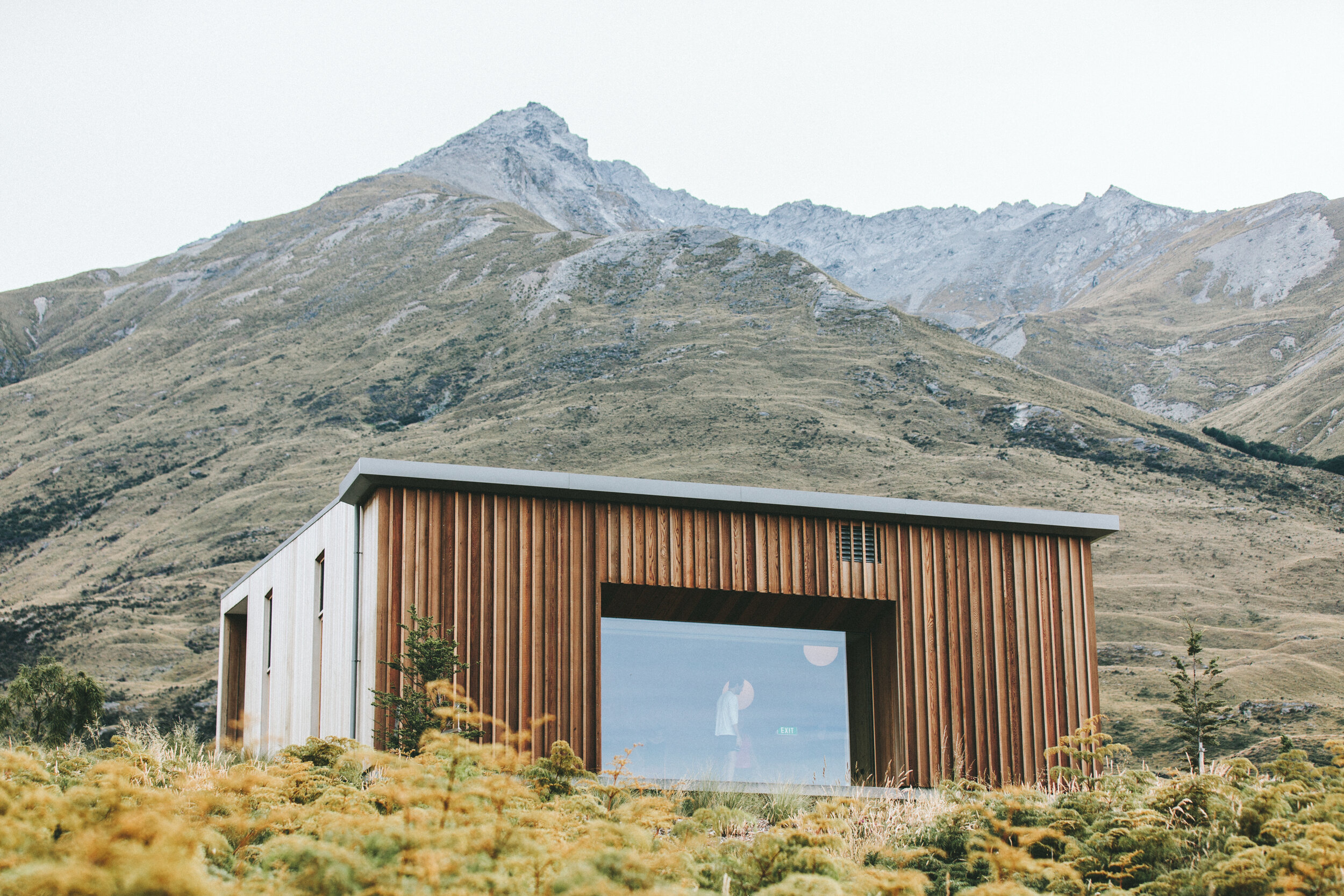Radon Services
-

Radon Testing Services
Radon gas exposure is a well-documented health risk. It is the second leading cause of lung cancer in the United States, and exposure has caused other respiratory issues. Radon gas is undetectable to any of our senses. Fortunately, eliminating radon gas from homes is relatively easy and inexpensive compared to other dangers, but homeowners have to take the first steps and have the home tested.
EPA Recommendations for Radon Testing
The EPA encourages radon testing, noting that all homes have the potential to have high radon levels. New homes and old homes alike are susceptible, and a home that has no radon gas my be right next to a home whose radon levels are unacceptable. In many areas, such as here in Colorado, realtors recommend radon testing before purchasing new real estate. If the test results indicate high radon levels, sellers may choose to install mitigation systems or allow for the cost in closing negotiations.
The EPA recommends taking a short-term radon test, and if the results are 4 pCi/L or higher, then proceed with remediation to protect the health of individuals living in the home.
-

Radon Inspection Services
Radon inspection is when a home or building has an existing remediation system and issues arise. While radon mitigation systems as a whole require little maintenance or care, some problems can occur. These problems may be found when the homeowner is able to hear that equipment has stopped working, or through testing, has learned that the radon levels are higher than expected.
Inspection of a radon system can include:
Inspecting Equipment
Repairing Components
Replacement of the System
One of the first tasks we do when inspecting a mitigation system is to examine the components. For example, we will examine the fan, which prevents radon from leaking back into the home, to see if it is running smoothly. We also ensure the system is up to the current code.
The EPA recommends having radon inspection and testing done every two years to ensure levels have not changed. Changes in soil density, construction, and other factors can cause radon levels to rise.
-

Radon Mitigation Services
Radon mitigation varies depending on the different footprints of each home. New construction, sub-slab depressurization, sub-membrane ventilation, sump pit depressurization, and block wall suction are the most common styles of mitigation.
New construction happens after the footers are poured and the aggregate has been laid in preparation for the slab. Our team will go in and remove a path of aggregate to lay soil mat around the interior barriers of the footers. We can then core a hole through the footer for an exterior exhaust point or direct piping up for exhaust through the roof. Phase two happens after framing and roofing are complete.
Sub-slab depressurization works by running a fan to remove radon-laden air from beneath the foundation and then venting the gas to the outside of the home.
Sub-membrane ventilation is similar to sub-slab depressurization but is most effective at removing radon from the soil, especially in buildings with earth-floored crawlspaces or basements.
Sump pit depressurization works by removing the existing lid and installing an additional pipe into the pit. When replacing the lid it will include a clear viewing point which will allow you to check the water levels while leaving it sealed to prevent radon from leaking into the home. We will connect a fan to the new piping which will remove the radon from below the home.
